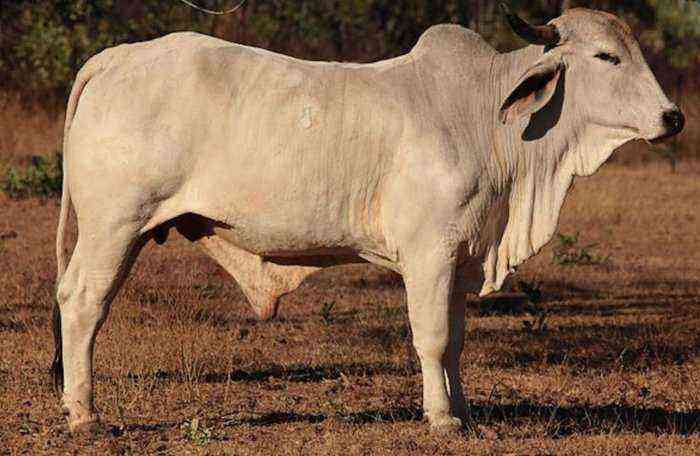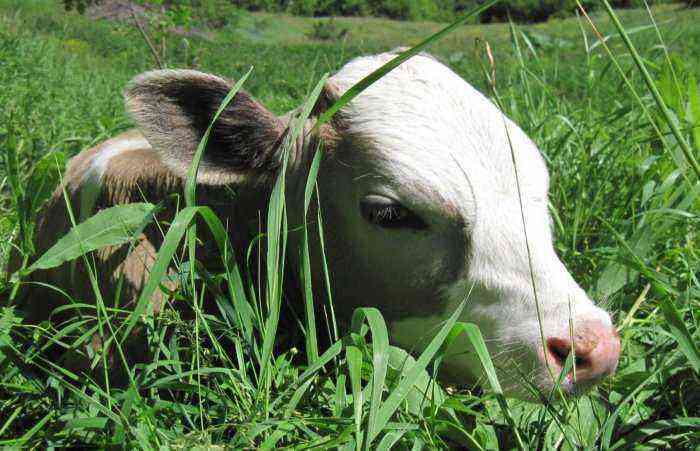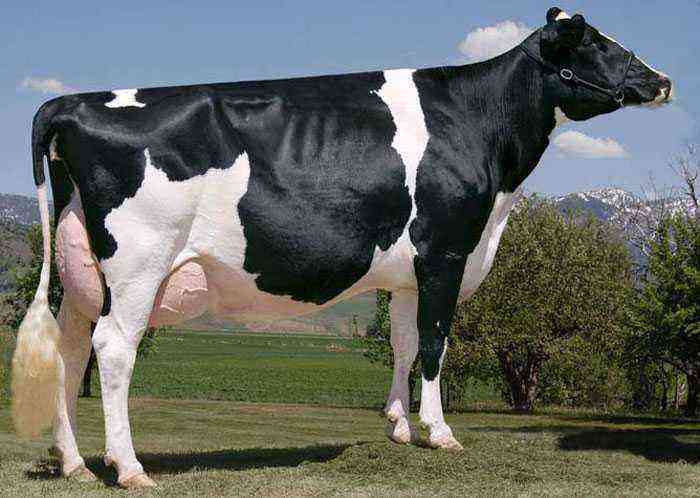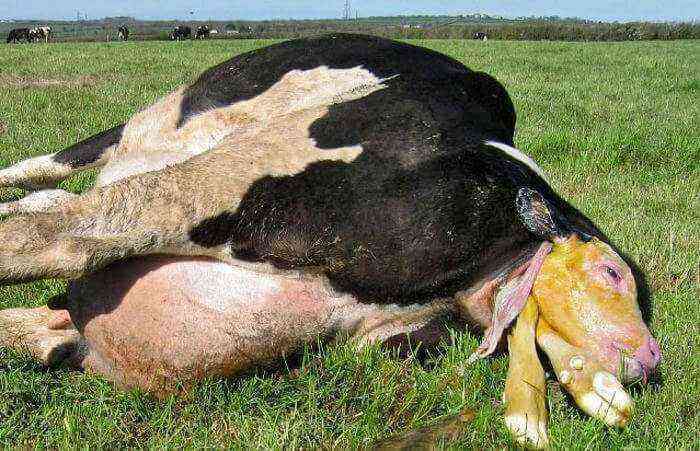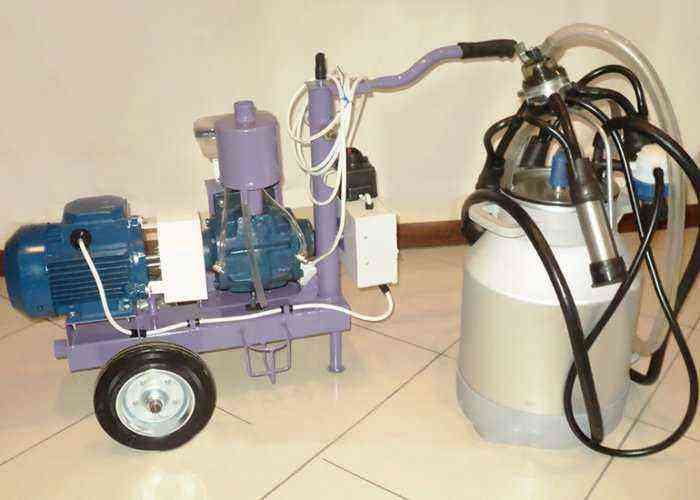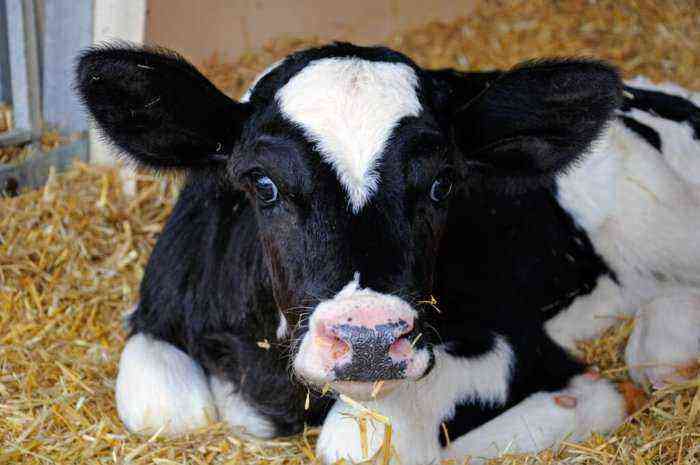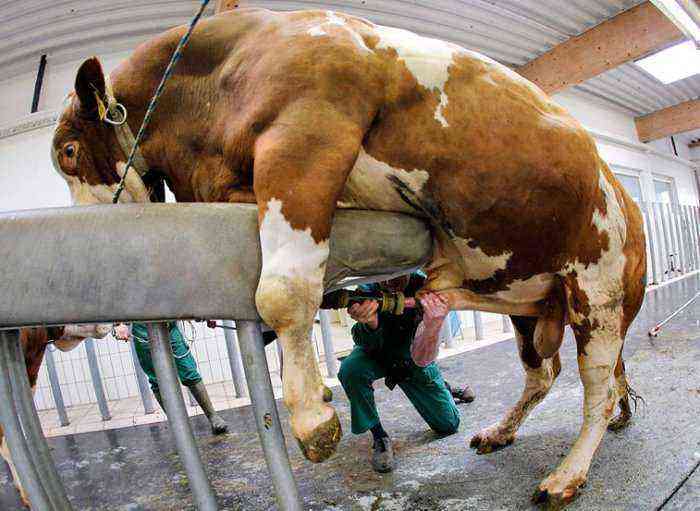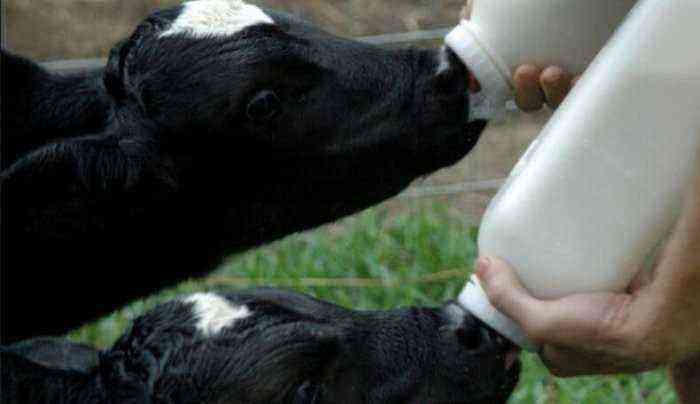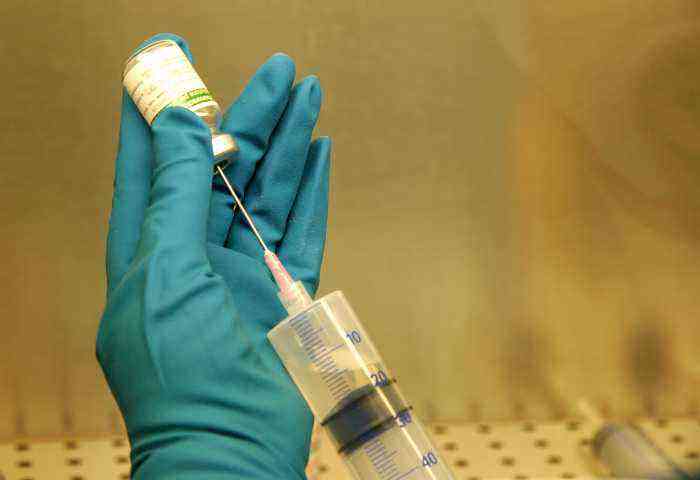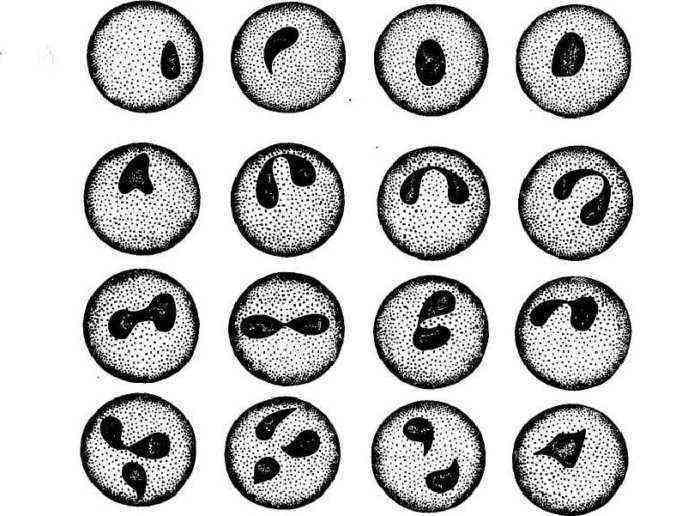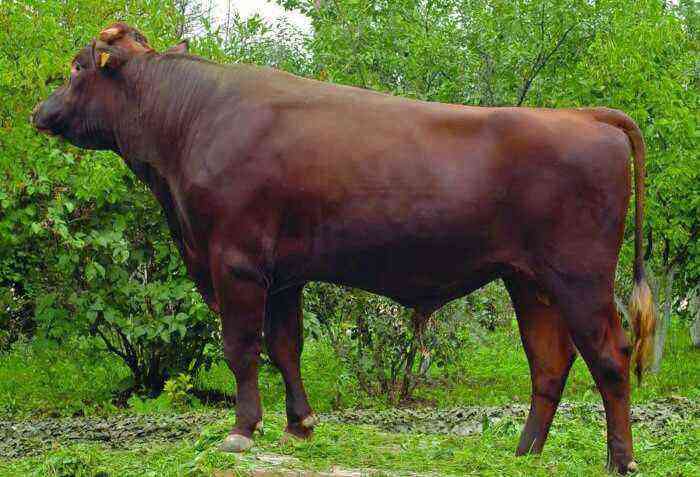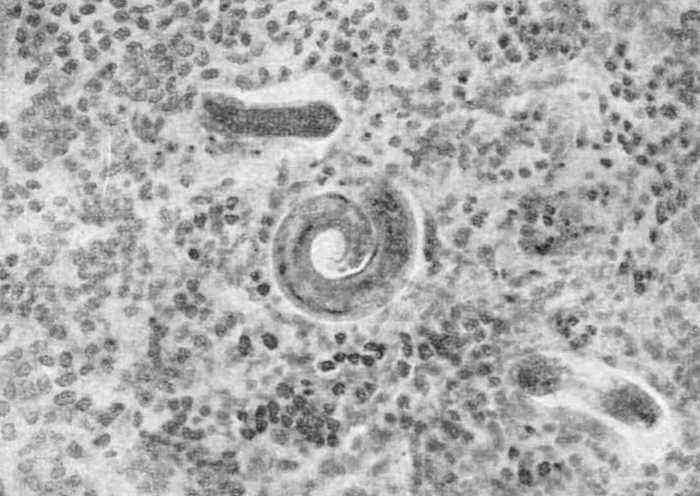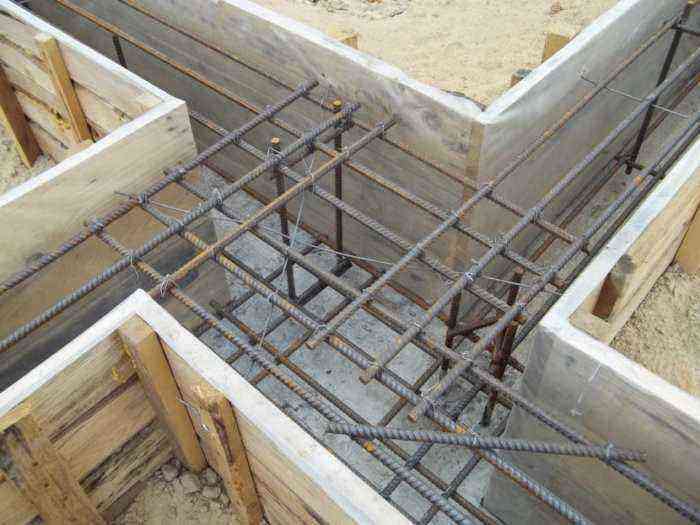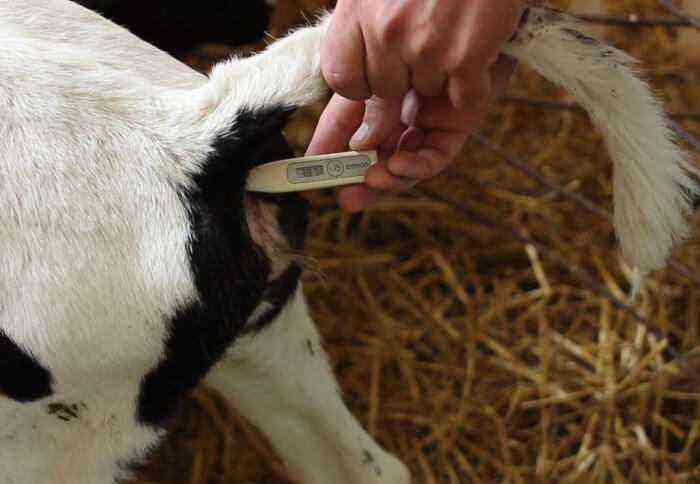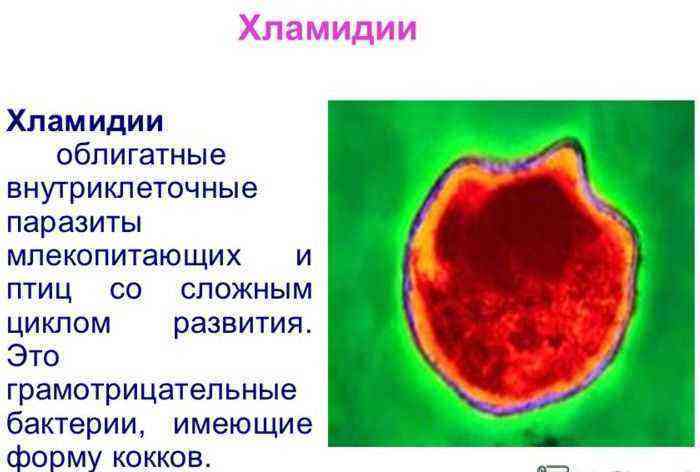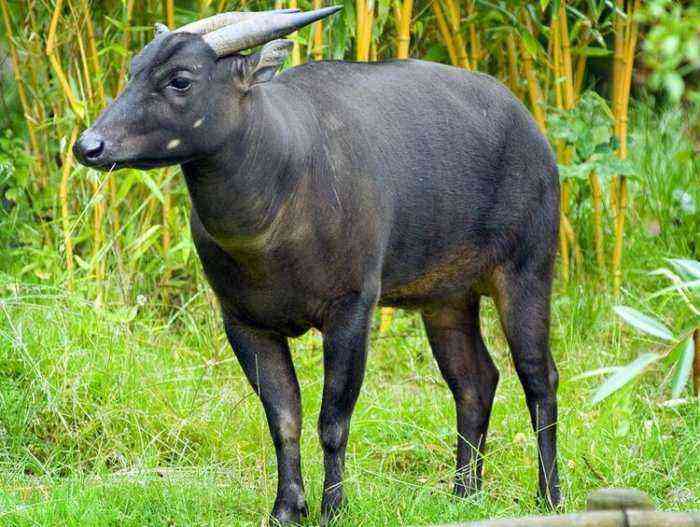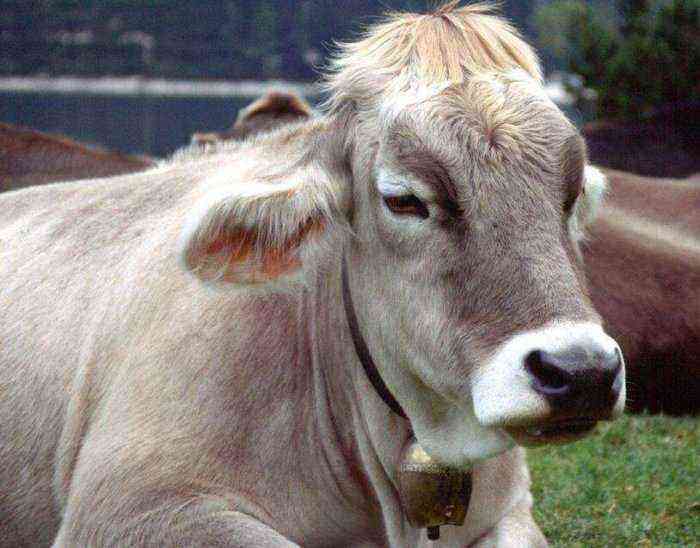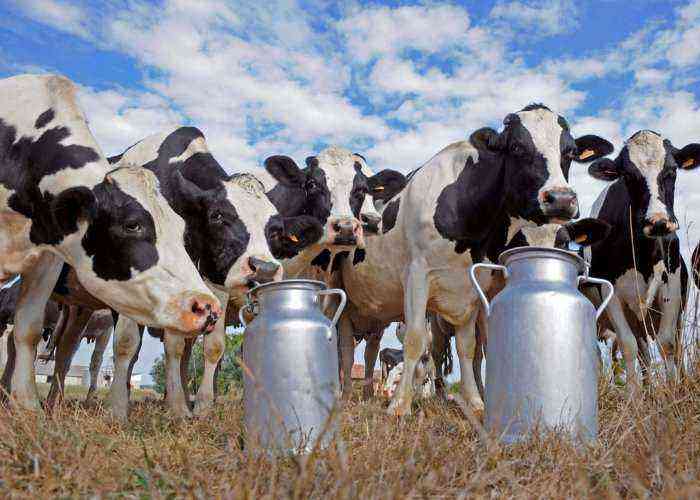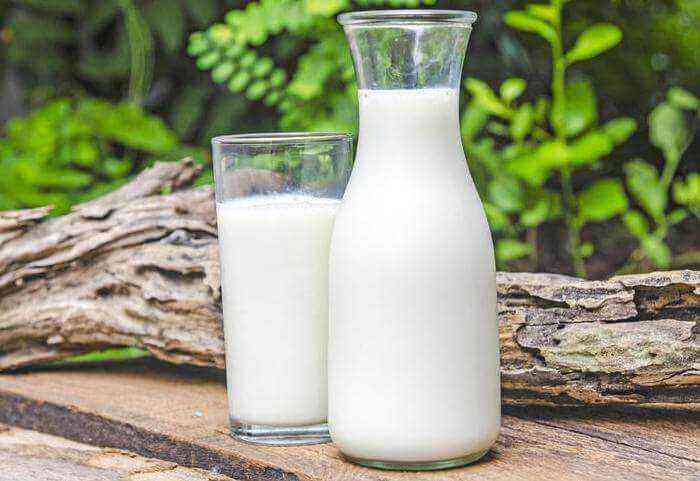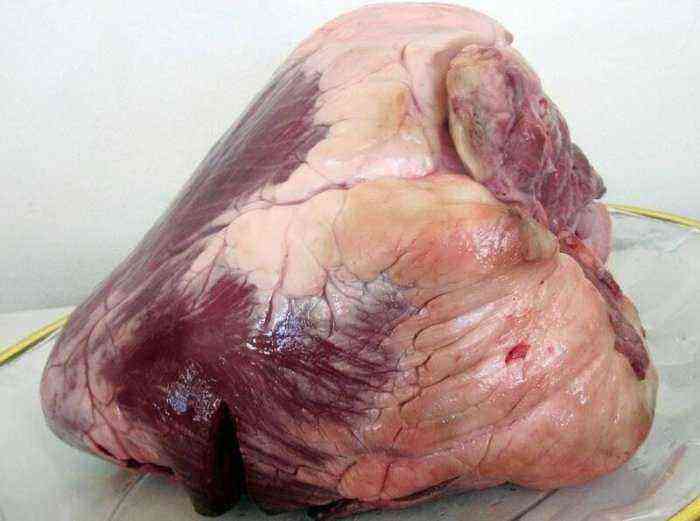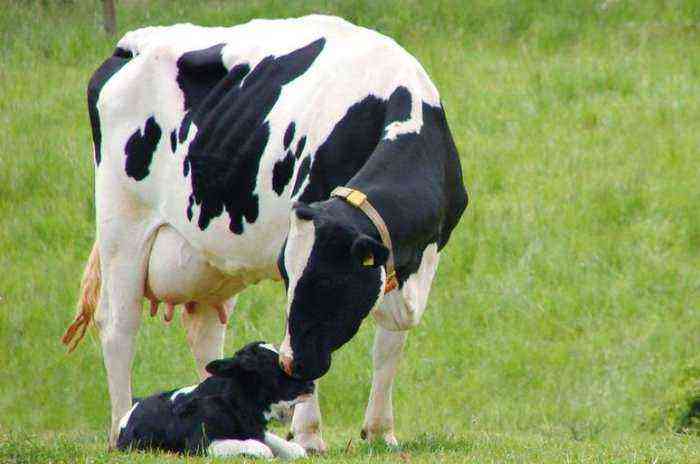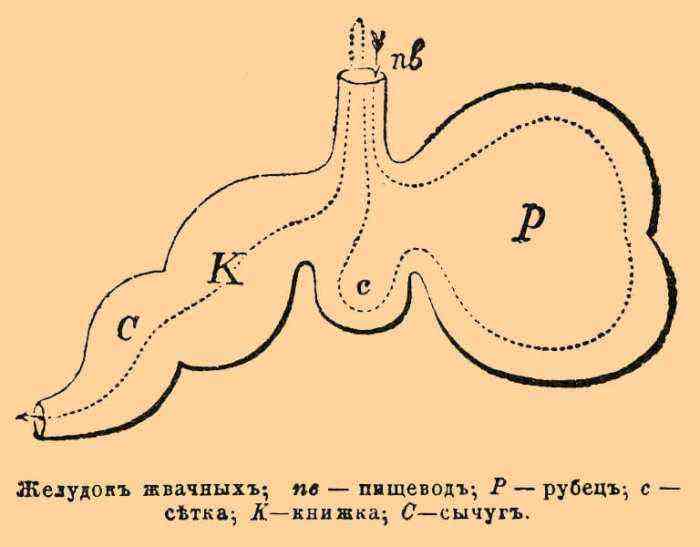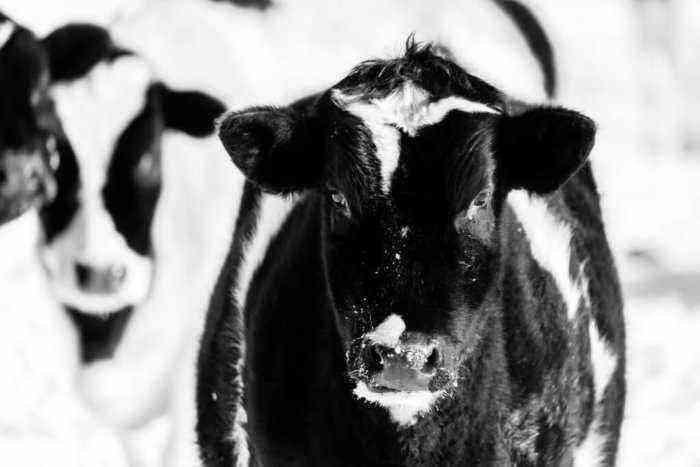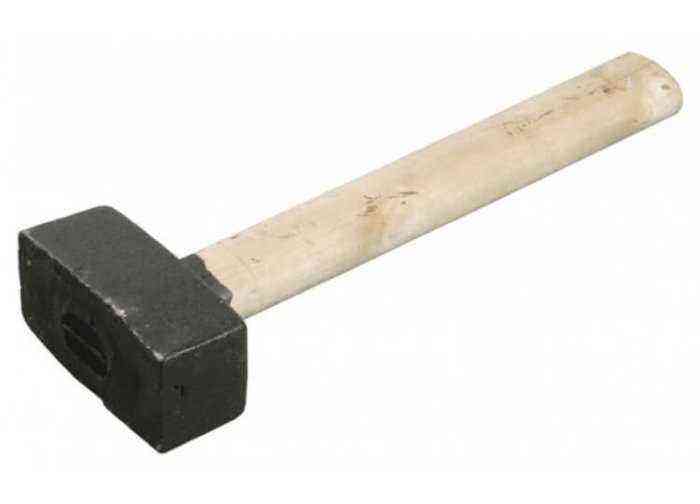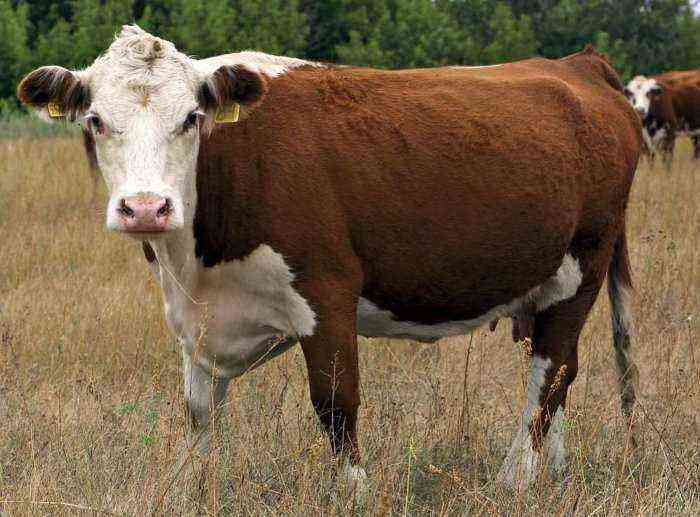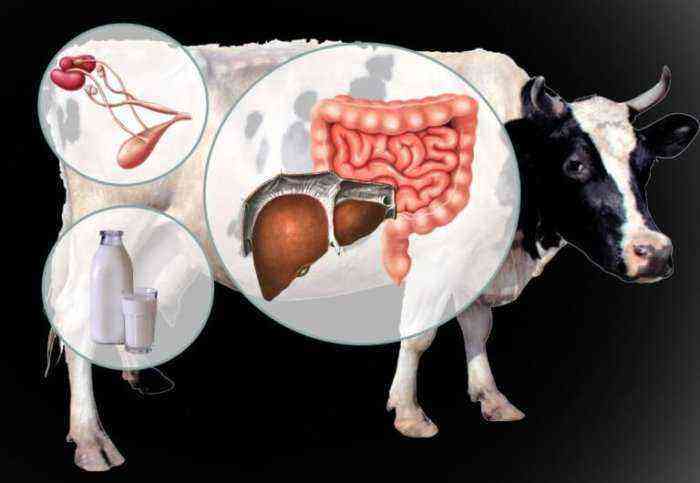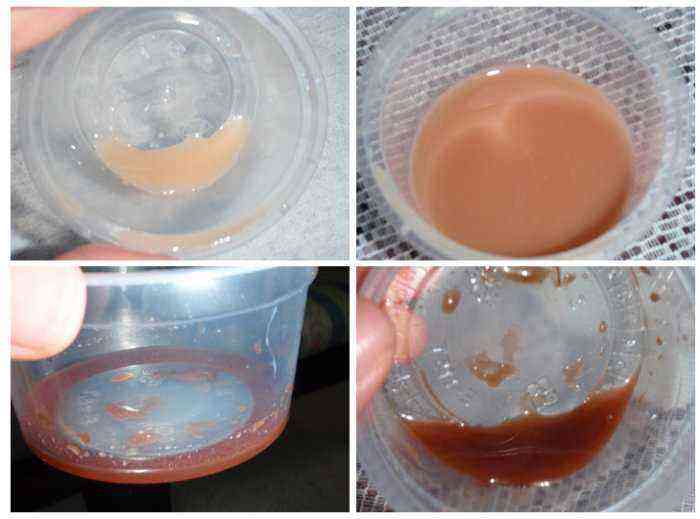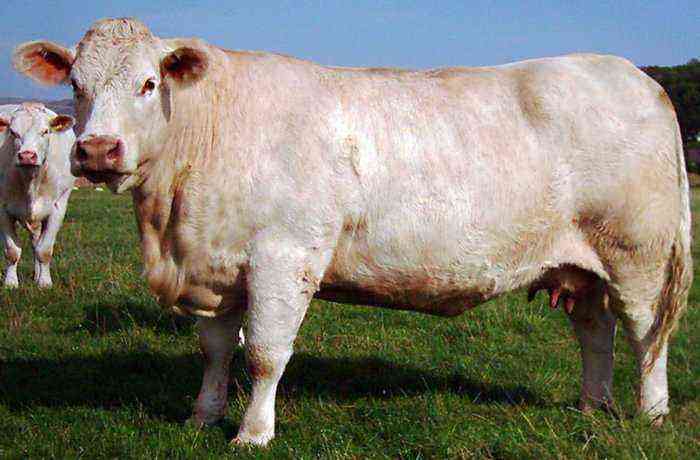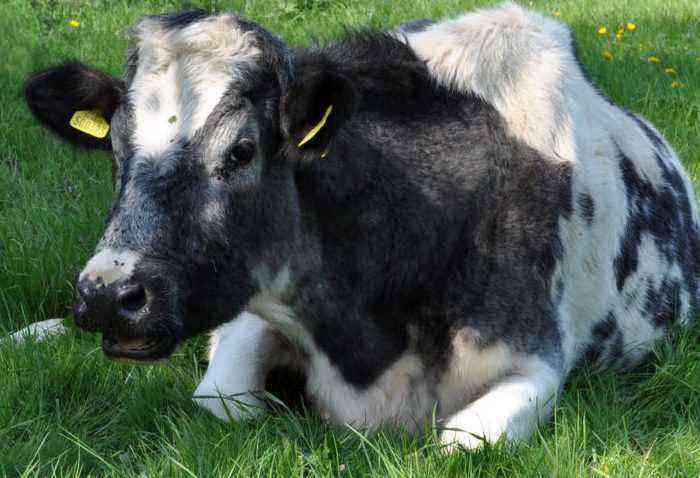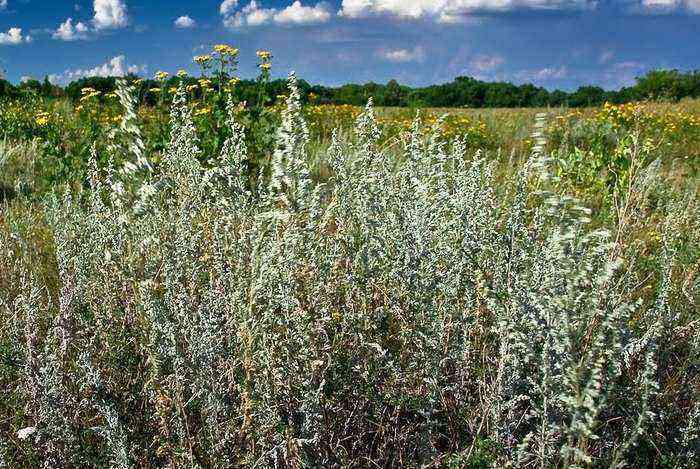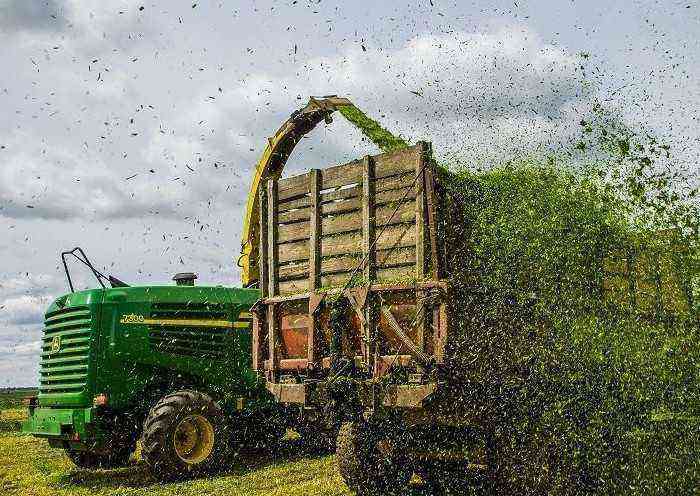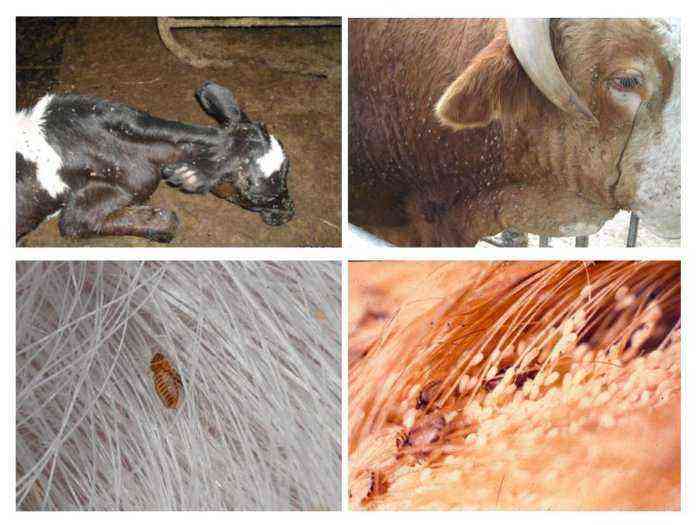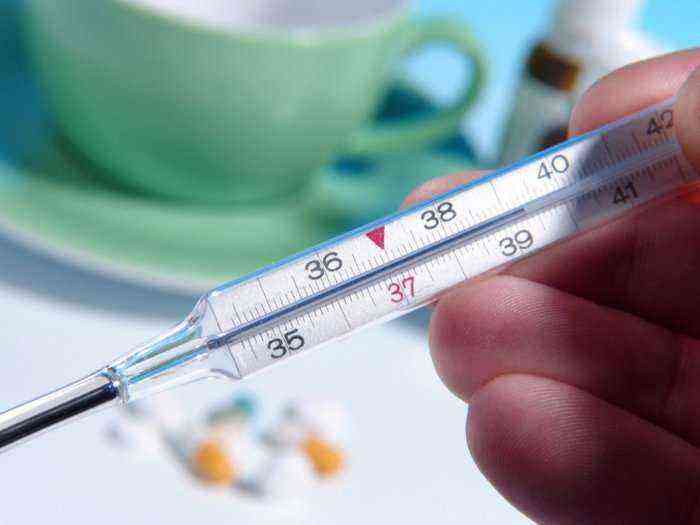Fattening bulls for meat at home and at large cattle breeding enterprises can be an extremely profitable occupation. If you provide an abundant amount of balanced feed to the animal, then by the age of 12 months its weight can reach 450 kg or more. But, it should be remembered that such results are possible only if the breeder knows exactly the characteristics of the development of the bull, and plans the diet in accordance with them.
Fattening bulls for meat
Diet for fattening for meat
Fattening of calves of meat breeds can be carried out from the age of 1 month. But, here you should pay special attention to the portion sizes. At this time, the calf’s digestive system is still at the stage of formation. Enzymes for digesting food are produced quite weakly. That is why, under natural conditions, hay and other plant foods act as an addition to cow’s milk. And if you feed an animal large volumes of food that is new to him, they will not be digested, they will begin to rot and thereby cause diseases and disorders in the intestines.
In this case, it is recommended to feed the bull-calf often and in small portions. And the basis of the diet will be hay.
But, nevertheless, if you buy cattle for fattening, then it is better to pay attention to 2-3-month-old calves. Their stomach and intestines are already fully functioning. And, therefore, in addition to hay, the diet can also be diluted with concentrated feed. The optimal solution would be to supplement food with various probiotics in each case. They enhance digestion and absorption of food.
At the initial stage of fattening, the main task is to provide the bull with a sufficient amount of protein and energy to build muscle tissue. To do this, it is necessary to form the correct daily amount of food. For a bull with a weight of 200 kg, the norm per day will be at least 4 kg of dry matter. For an animal weighing 600 kg, this value increases to 9,5 kg.
Silage
The main component of the diet for animals at the initial stage of fattening is corn silage. 1 kg of dry matter of such food includes:
- from 70 g of proteins;
- more than 200 g of fiber;
- 10,5 MJ of energy.
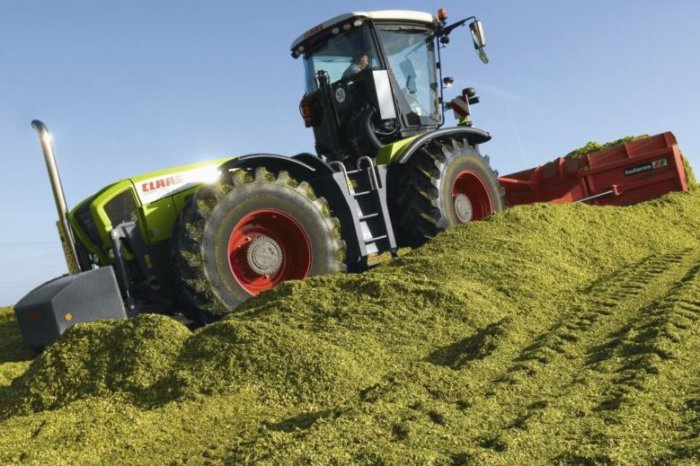
Silo preparation
Tellingly, the amount of dry matter in different varieties of corn silage can vary from 30 to 35%. It is also highly digestible in the calf. More than 70% of this product goes to the growth of the animal.
You can replace or partially dilute corn greens with grass or cereal silage. Only in this case, the amount of concentrated feed used increases significantly. The cereal version loses 15% in energy, and the grass silage has a poorer nutrient composition.
Milk
Many breeders use dairy products when feeding meat breeds. In this regard, both skimmed and whole milk are used. Milk feeding is carried out only up to 6 months of age. During this time, a calf with a large weight takes:
- turns – 700 kg;
- whole milk – 250 kg.
For feeding an animal with an average weight, it is necessary:
- reversal of about 600 kg;
- whole milk – about 200-220 kg.
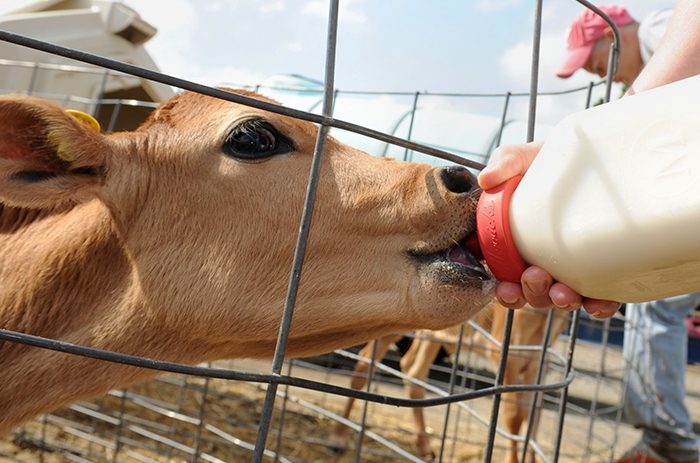
Milk feeding
If desired, the reverse can be replaced with a whole dairy product. In this case, every 2 kg of collected milk can be replaced by 1 kg of whole milk. Reducing the amount of dairy products and switching to other types of feeding should be carried out smoothly over several weeks.
concentrated feed
The main purpose of supplementing the diet with concentrates is to provide the necessary amount of protein in the food, which silage alone cannot fill. In this regard, the following feeds are most suitable:
- fodder beans (the percentage of crude protein in them ranges from 26 to 35%);
- sunflower meal (from 30 to 40% protein);
- rapeseed meal (35-37%);
- peas (at least 50% protein).
Reference. Concentrates also act as a significant source of energy. Its largest amount is found in corn, wheat and barley.
The average norm of concentrates for one animal is at least 1,5-3 kg per day. According to the total nutritional value, their percentage should be about 25%. If the animals have already reached the age of 12 months, then in the spring and summer, when grazing, concentrates can be excluded from the diet.
Mineral supplements
Special premixes are used as a source of calcium, phosphorus and sodium, necessary for the proper development of young animals. The average rate of such additives is from 60 to 80 g per day.
As an alternative, or as a supplement, table salt can be used. Its volume per day is 30 g at 6 months of age and gradually reaches 45 g by 18 months. It will also be useful to include bone meal in the feeding, which they begin to mix into the feed of bulls aged from 9 months. Chalk is given only up to 9 months at a dosage of 20 g per day.
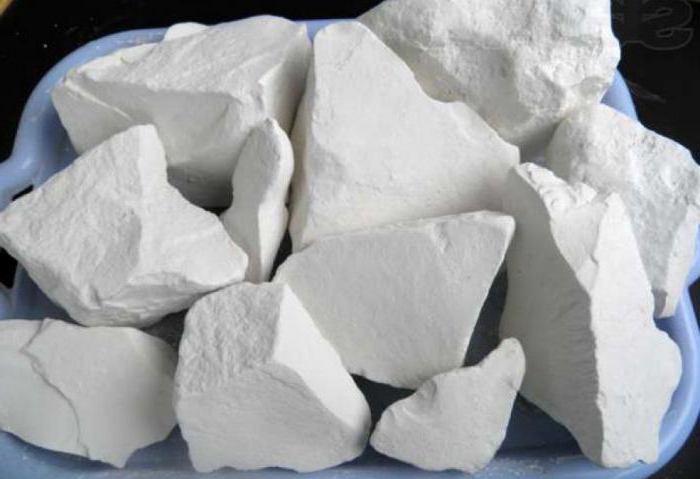
food chalk
Other components of the diet
If necessary, or if there is a shortage of the main components of proper feeding, food for a bull at the initial stage of fattening can be diversified. For this purpose, pulp, bard, and waste are used. But by the second period, their number must be reduced, and 3 months before slaughter, completely excluded from the feeding plan. Otherwise, it will affect the growth and taste of meat.
If there are a large number of vegetables, they can also be included in the diet. Potatoes, beets, zucchini, watermelons are perfect for this. Such food does not require special preparation. It is enough to wash it and cut into medium pieces. But, rotten fruits should be carefully discarded, otherwise the calf may develop digestive problems and various diseases against this background.
Also, high-quality hay should be included in the daily diet of the animal. This is especially true in the winter period, when the goby has no access to fresh grass. The daily norm of hay for fattening cattle is at least 0,5-1 kg.
Technology of fattening bulls for meat
Fattening bulls at home involves not just feeding animals with the above components. The proportions of each of the components of the diet may change during the growth and development of the calf. Therefore, there are certain technologies that make it possible to ensure a bull’s weight gain of at least 600 g per day and at the same time not to overfeed him.
This technology involves the division into the following stages of animal development:

Hay
- 1-2 months. At this time, the calf is just beginning to wean from milk. The new diet should be introduced gradually. For starters, it will be enough to combine dairy products with a small amount of dried grass or hay. Over time, these components are supplemented with concentrates, in the form of wheat groats. The transition to a new feeding should be smooth and last at least 4 weeks.
- 3-6 months. By this age, you should switch to a full-fledged fattening feeding. The main task is to provide enough protein. The basis of nutrition is silage and high-quality hay, which is supplemented with crushed grain and vegetables. With such a diet, the animal quickly gains weight.
- 7-9 months. At this stage of fattening, the volume of silage is increased to 10-11 kg, hay is given at least 1,5 kg per day, food is diluted with wheat straw, the daily rate of which is 1 kg. In summer, it is better to replace hay with grass from pastures. The number of concentrates does not change.
- 9-12 months. In many farms, this stage is the final one. At this time, the animal is fed intensively, without changing the composition of the diet, but increasing the daily volume of feed. Particular attention is paid to concentrates, the volume of which reaches 3 kg per day. As a result, by the age of one year, the bull weighs at least 400 kg. It is important during this period to completely exclude waste, pulp and other components from food that can spoil the taste of meat.
In the presence of a good food base, fattening can be carried out until the age of 18-20 months. In this case, it is quite realistic to reach the live weight of the animal in 600-650 kg. Continuing fattening from 12 months of age and above, the silage rate is increased by 5-7 kg every three months. The daily weight of straw for the same period rises by 1 kg. But three months before slaughter, its amount in the diet is gradually reduced, up to complete exclusion. It is also worth gradually increasing the amount of concentrates and vegetables.
Meat care
It should be noted that the correct diet is far from the only important point in the cultivation of meat breeds of bulls. Proper living conditions and proper care of animals should also be ensured.
It is best to keep bulls for fattening, combining the stall method with regular walking. In the stall, the animal will gain weight faster, and walking will help reduce the bull’s violent behavior and strengthen his immune system. Moreover, it is necessary to walk the cattle for several hours every day. For a quality paddock for 10 bulls, at least 30 acres of land is required. When kept in a stall, a bull-calf must be fixed with chains.
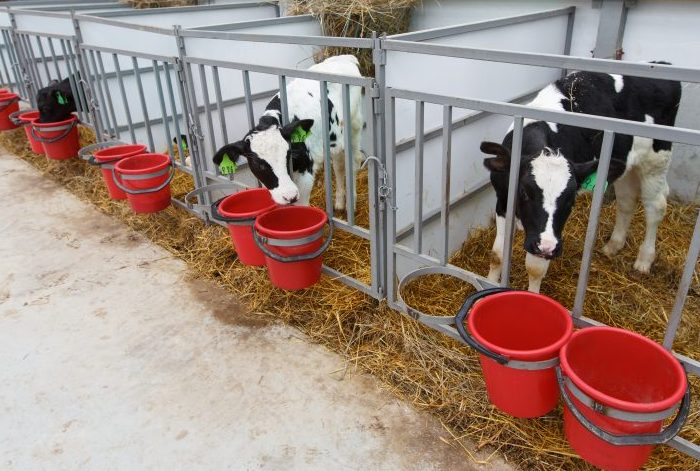
When kept in a stall, the bull is fixed with chains
A prerequisite for keeping bulls in a barn is regular cleaning of the premises. It is held every day. An extremely important point is also the optimal temperature regime in the building. The temperature even in the most severe frosts should not fall below -10 degrees. Otherwise, growth may slow down. To implement this condition, it is enough to organize high-quality thermal insulation of the walls. In addition, it should be borne in mind that the barn should always be dry and free of drafts. Be sure to take care of high-quality ventilation of the room.
Important! The number of meals for animals depends on their age. Gobies up to 6 months are best fed 4 times a day. After six months of maintenance, this rate can be reduced to 3 times.
Particular attention should be paid to the young. All calves purchased from other farms before being introduced into the general herd must be determined for examination by a veterinarian and vaccination. The vaccine is also used for existing stock, which has reached the age of 6 months.
If the bull was born already on the farm, then it is important to take care of its timely transition to a fattening diet. A bull should be taught to pasture at the age of 1 month. At the same time, it is possible to graze a calf only when the dew dries on the grass. At the same time, the pasture must have plenty of water and shade in which the animal can hide from the sun.
The effect of castration of a bull on the amount of meat
The issue of castration of a bull for fattening for meat is rather ambiguous. Many breeders advocate this procedure. In castrated individuals, the meat has a more delicate texture and good taste. This is often the way meat becomes marbling. In uncastrated animals, the meat is leaner.
But, it is worth noting that under equal conditions of keeping, for each kilogram of weight gain, castrated animals take 0,5-1 kg more feed than an ordinary bull-calf. In addition, the difference in live weight by 2 months of age can be tens of kilograms in favor of uncastrated individuals.
Also, after the castration of the bull, the amount of secreted sex hormones sharply decreases. This, in turn, greatly slows down the metabolic processes in the body. As a result, adipose tissue begins to grow much faster than muscle tissue. Accordingly, castrated cattle often develop obesity.
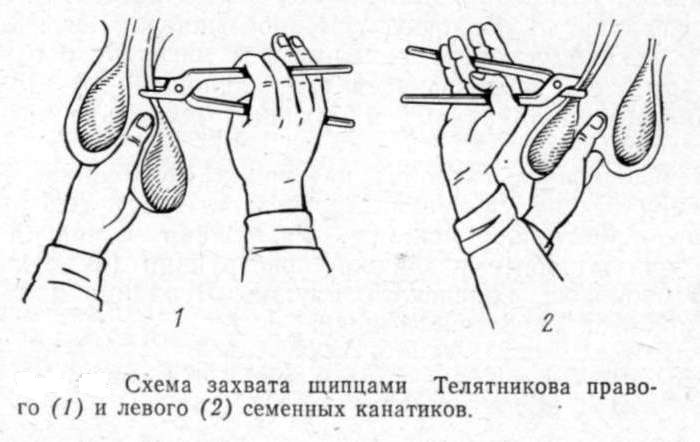
Castration method
An important point is also the time of castration. Many breeders castrate bulls even before fattening, some carry out the procedure at 3 months of age. But, it is worth noting that none of the approaches is justified. It is at this time that the animal is actively growing, gaining muscle mass. And if you castrate the bull in the future, it can be far behind in growth from its peers.
The age of 6-6,5 months is considered more suitable for such a measure. The correct muscle corset has already been formed by this age and castration will not greatly affect the growth rate. It is best to carry out the procedure in the spring, when the herd has not yet entered the pasture. If age does not allow observing this period, castration can be postponed to autumn.
In general, many experts recommend castrating only those individuals that are kept on pastures and pastures for most of the year. This will significantly calm their temper and make them less aggressive. Accordingly, the care of castrated animals will be simpler and safer.
For livestock kept on chain stalls, such a measure would be overkill and will only interfere with good growth and mass gain of the animal.
Conclusion
Keeping meat bulls is a rather complicated process that requires serious financial and labor costs. But, if you follow the basic rules for feeding animals and caring for them during this period, all the resources spent will pay off handsomely. Moreover, by choosing a good meat breed and implementing a proper balanced diet, the income from the sale of beef can be several times higher than the cost of maintenance.
https://youtu.be/VSf0oTyfgBM
